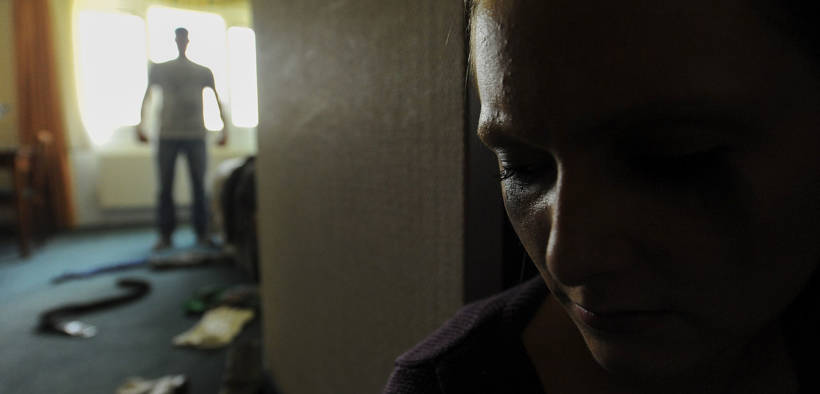Domestic Violence in the Times of the Pandemic

The conditions of isolation foster not only physical but also psychological violence, which can be even more devastating for the victims.
(Common Dreams) One of the most neglected consequences of the rapidly evolving COVID-19 is the increasing violence against women of all ages. UN Women has called it “the shadow pandemic,” and António Guterres, the UN Secretary-General has said, “Peace is not just the absence of war. Many women under lockdown for #COVID19 face violence where they should be safest: in their own homes.”
Domestic violence is not, of course, a new phenomenon. Before the pandemic, it is estimated that 243 million women and girls (aged 15-49) across the world had been victims of sexual or physical violence during the previous 12 months, in most cases perpetrated by an intimate partner. That number has significantly increased alongside the evolution of the pandemic, due in great measure to the necessary stay at home measures imposed by the authorities.
Governments and public health authorities in Argentina, Canada, Spain, Germany, the United States, and the United Kingdom have called attention to domestic violence, and the increased demand for abused women’s emergency shelters. In countries such as Singapore and Cyprus, domestic violence hotlines have registered an increase in calls of more than 30 percent since the start of the pandemic, as have frontline workers in New South Wales, Australia. In China, police departments in the city of Jingzhou received three times as many domestic violence calls for help this past February as in the same time in 2019.
The conditions of isolation foster not only physical but also psychological violence, which can be even more devastating for the victims. In addition to direct violence, other forms of abuse include constant surveillance, strict rules of behavior, and limited access to basic items such as food, clothing and sanitary facilities. All this is complicated by the isolation measures from families and friends. As a result, shelters for abused women and health systems worldwide are now stretched to a breaking point.
It is known that interpersonal violence, particularly cases of domestic violence, increase in times of crisis with growing unemployment, rising numbers of sick people and scarcity of community resources. It is also known that many cases are underreported, making it very difficult to gather statistics that show the real impact of the problem. It is estimated that less than 40 percent of women who suffer violence report the crime or seek any help. The reasons are complex, from fear of reprisal from their abusers, to feelings of shame about the situation, to concerns that both the police and the legal system will be unresponsive to their plight. Of those women who report abuse, only 10 percent go to the police.
The situation becomes even more complex by the release of inmates from prisons which have become a hotbed for the spread of the pandemic. When some of these inmates return home, they recreate the conditions of violence that landed them in prison. That is why victims should be notified about inmate releases and local government should implement preventative and support measures when necessary.
As governments, NGOs and the private sector need to incorporate the gender perspective into all their COVID-19 responses, the U.S. should ratify the Convention on the Elimination of all Forms of Discrimination against Women (CEDAW,) one of the most important legal instruments on women’s rights. The US is the only country in the Americas which has not yet ratified this convention. As a contrast, Canada has signed that convention on July 17, 1980 and ratified it on December 10, 1981.
CEDAW obligates state parties to condemn discrimination in all forms, and to ensure a legal framework to protect women’s basic rights. It also addresses issues such as education, employment, health care, and human trafficking. The US refusal to ratify this convention leads other governments to more easily disregard CEDAW’s mandate and the obligations under it. Particularly now, at a time when violence against women and girls is rising due to the pandemic, the US should respond with concrete actions to secure the rights of women. As stated by Phumzile Mlambo-Ngcuka, Executive Director of UN Women, “We must not only survive the coronavirus, but emerge renewed, with women as a powerful force for recovery.”







